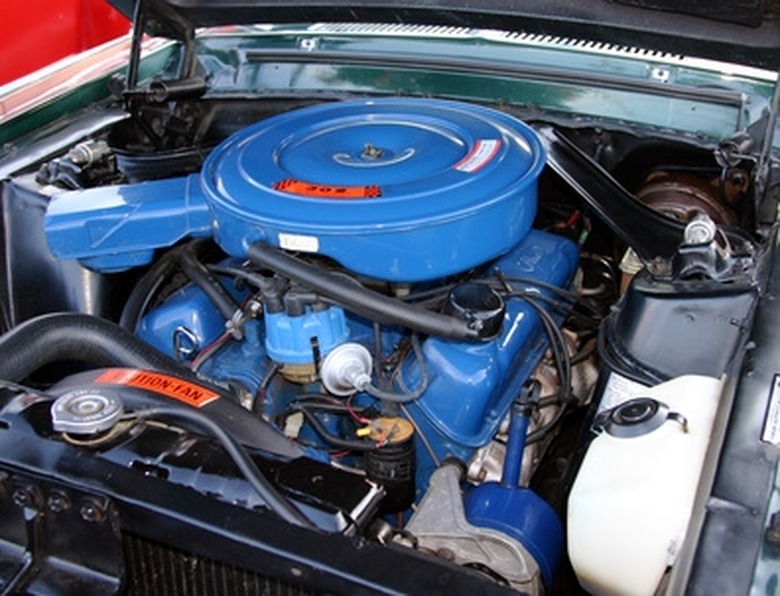How A Solenoid Pump Works
A solenoid consists of a helix of wire wrapped around an iron or steel core. The core becomes magnetized when electrical current passes through the coil. This is the basis of solenoid pumps, which are often used as metering pumps in water treatment and chemical processing plants.
Operation
Operation
Solenoid pumps are one of the simplest types of pumps because they have very few moving parts. When current is applied to a solenoid pump, the electromagnetic core moves against a spring to slide a diaphragm into the discharge position. When current is removed, the diaphragm slides back into the suction position.
Dead Head
Dead Head
Solenoid pumps are designed so the electromagnet cannot move the diaphragm against a resistant pressure of gas or liquid (backpressure) that would cause it to fail. They can pump against a dead head, or infinite backpressure, when discharge is closed off.
Limitations
Limitations
There is a physical limit on the size of solenoids that can be built which limits the flow rate and pressure that is possible with a solenoid pump. Typically, solenoid pumps can pump up to 20 gallons per hour at 30 pounds per square inch.
Cite This Article
MLA
Dunning, David. "How A Solenoid Pump Works" sciencing.com, https://www.sciencing.com/solenoid-pump-works-7880358/. 24 April 2017.
APA
Dunning, David. (2017, April 24). How A Solenoid Pump Works. sciencing.com. Retrieved from https://www.sciencing.com/solenoid-pump-works-7880358/
Chicago
Dunning, David. How A Solenoid Pump Works last modified March 24, 2022. https://www.sciencing.com/solenoid-pump-works-7880358/
